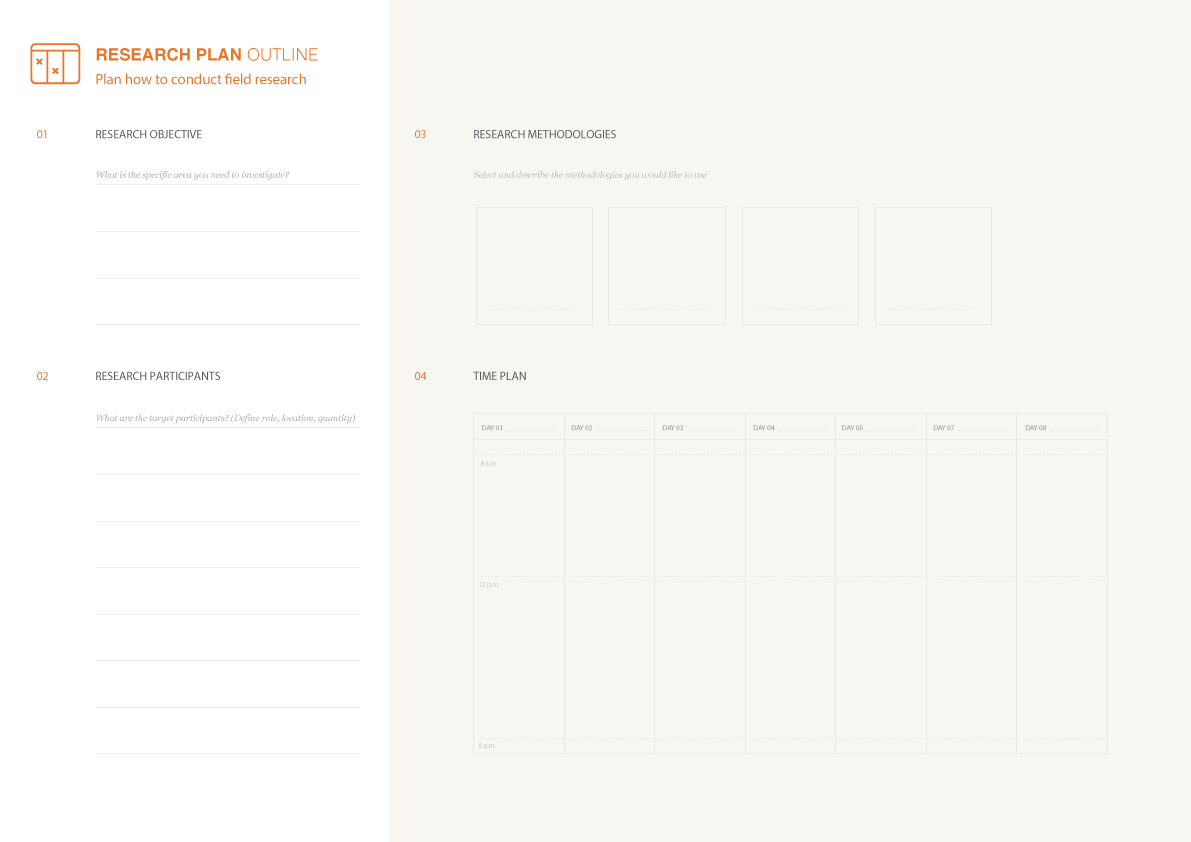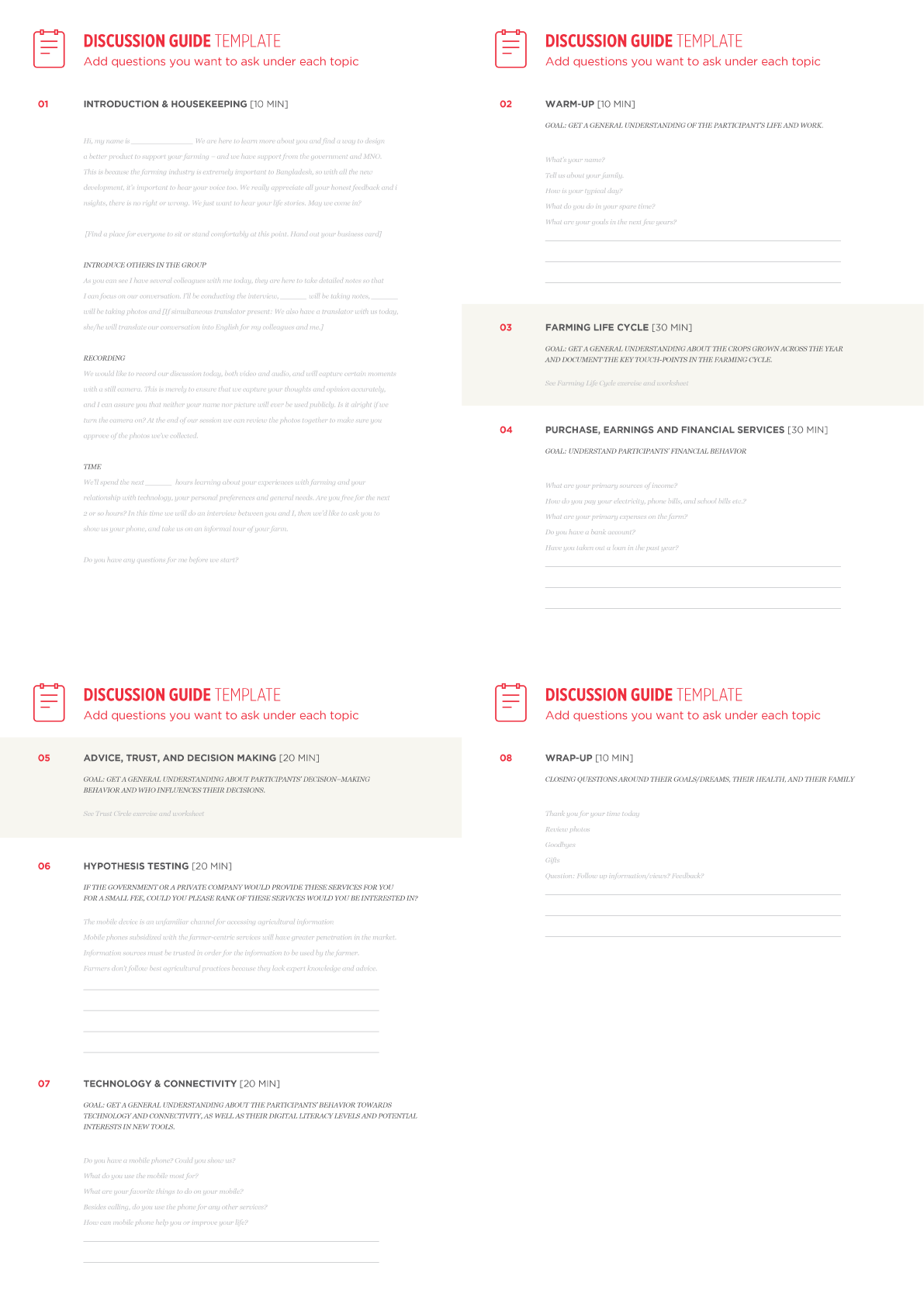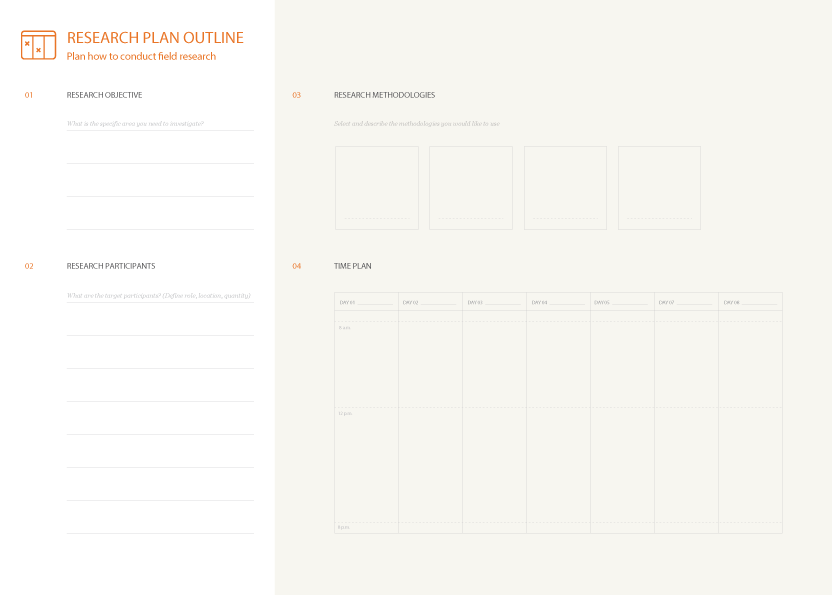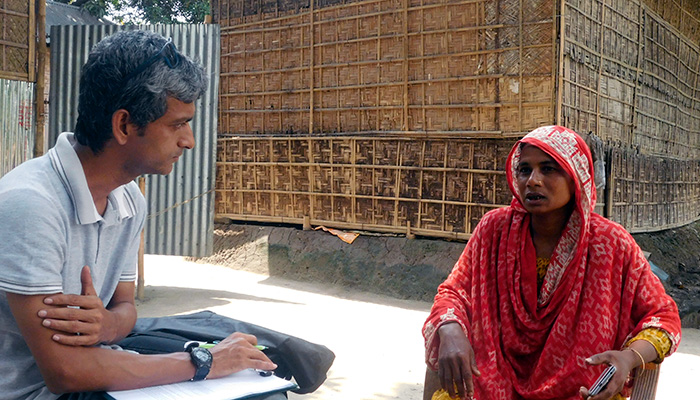UX is a process. You design something. Take the solution to the users. Test the solution with real users; not the users them self. I am going to look into the complete process of testing a solution with the real users in the wild world of field research.
Background of the article / Learning the process aka the UX
I’ve been working at a project for more than last one and half year as an UX expert. Design giant Frog and GSMA is helping me to DO UX. They are guiding me to understand the problem properly, come up with hypothesis, proving those hypothesis right or wrong, coming up with as much solutions as possible, proving those ideas wrong (or right), filtering the best suitable idea(s), prototyping them to test, planning and conducting research with real users, synthesizing the findings, refining the solution, implementing the solution, testing the implemented solution with the users who are using, refining, monitoring, measuring and more again refining…cycle of the process. Practically I am learning the whole UX process. Recently I’ve conducted a user research with the live product for another iteration. I will try to discuss the process of user research step by step.
Why do we need another user research?
Two months ago we had a user test and in the following iteration workshop we found several issues that needs to understand more. Like why users are not happy with the price model, why users are not referring the service to others etc. We also had few hypotheses based on those issue which we need to prove right or wrong. As a result, we decided to understand those issues by conducting another in depth user test.
Planning
Whatever you do in UX, believe me, you have to plan ahead. As much detail as you could make is as much better. Here’s what you should include in the plan:
- State the research objectives
- Define hypothesis
- Define your target participants
- Define Place to conduct the research
- Align partners or field facilitators
- Define support needed from field
- Define interview methods and tools
- Define the schedule of the interview
- Define your research team
- Create Discussion Guide
- Note-taking template
- Day wise activity plan
- Financial expenditure breakdown
- Conduct the interview

Those may vary in project to project, situation to situation. All They are not have to have in a plan, but good to have at least these for a successful user research. Here I’ve tried to outline an ideal research plan components.
State the research objectives
Define and prioritize specific research objectives. These should be high-level questions area (e.g.”Evaluate the price model farmers are not happy with”). Usually three or four objectives with no more than one to two sub questions each are a good scope for a focused research session.
Define Hypothesis
Define and prioritize research hypothesis aligned with the objectives you already defined. The hypotheses drive the development of the discussion guide and will be proved or disproved through the research. Example hypotheses include: “Current price model was not accepted by majority of users because the service didn’t pride the value they are paying for”. Like objective, usually three or four hypotheses are good to have for a research session.
Define Your Target Participants
Discuss the type of participants you will seek to interview. Define users you want to interview. It will vary which stage at your service/product. If you are just starting the participants will be one kind. If you have a live service/product like me, you will have different type of participants. For my research I’ve chosen non-users, dropped out users and current users. You have to segment them in different types also, like male, female, literacy level, basic users, expert users etc. You also have to define which type of users ratio to meet your objectives and hypothesis
- Define Place to conduct the research
Where you are going to conduct the user research or meet the users. This is depended on where your users are and match with target participants criteria. If you interview 20 people, you should consider moving around to talk with the people. And also you should consider where you stay to conduct the research. The nearer the best. I generally conduct the interview in the farmer house to feel the context properly.
- Align partners or field facilitators
You may need to work with partners or field facilitators to collect you target participants. Align them at least 2 weeks ago so they could mobilize their people to get specific users based on participants criteria. They will take time based on the variety of the participants you want. Your partners or field facilitators are the only protector, companion, advisor and savior out there. Treat them as your own team member. Without them, you can’t succeed at the research.
- Define support needed from field
You may don’t know the places you have to conduct the research. The participants place, what’s the condition of the road, safety, schedule of the interview and bring or going to the place etc. You will need their support to have a lunch out there. Surely with empty stomach you can’t have a great UX research. So, let them know upfront what kind of support you will need there, so they will be prepared.
Define interview methods and tools
Define the interview methods and pacing. Consider different interview methodologies, such as 2-hour in-depth interviews, short intercepts, market visits, Focus Group Discussion (FGD) and expert interviews.
Tools are used to discover user insights such as, which features is most valuable to the users.
- Card Sort
- Task Analysis
- User Journey Map or Experience Map
- Comics / Storyboard
- Contextual Inquiry
- Prototypes (lo & hi fidelity)
- Customer Interview
- Customer Observation
Define the schedule of the interview
Organize the schedule for field research. When setting up the schedule, consider user schedule and activities around that time depending on your user persona or archetype. In my case (as I work with farmers) I have to consider finding times during farm market days and avoid key harvest times when farmers are most busy. Make sure to include days for rest and synthesis in the schedule. I also had difficulties during week end as field facilitators take leave and farmers are not willing to talk. Consider those issues also while scheduling.
Define your research team
Define who should go into the field. UX is all about teamwork. Almost all successful UX have a very good team of various people working together. You have to spend days and night with your team. Team chemistry is very important for your success. Based on your project or situation, you have to build up your team. Try to have a mix of gender, age and language skills.Some one have to ask question, someone will take note of the answers given by users, and someone have to photograph, video graph, record the interview for later review. Which are vital for your synthesis.
Create Discussion Guide
Outline topics, questions, and activities you plan to focus on during the interview. This is the lighthouse in the sea at night of your interview. You need to plan your interview minute by minute with your discussion guide. Where you will start to where you will end. Followings are the key things you should consider while creating your discussion guide:
- List the key investigation areas
Start by listing the main areas you need to explore with each group of participants. Usually the interview is shaped around three to four main areas of exploration. Once you have identified them, assign an order, going from the high-level once and then gradually digging deeper into the topic.
- Detail your questions for each investigation area
Focus on investigation area per time and list all the questions that come to your mind for that specific theme. Make sure the question encourage participants to share stories and not just answer “yes and no”.
- Add hypothesis and assumptions
Consider the main objectives and hypotheses that your team have made and find ways to add them into the questions. Don’t be concerned when asking opinions and that way be wrong; it’s just a way to better articulate the conversations.
- Design hands-on activities
Sometimes it’s hard to cover all the points you identify in the discussion guide with direct questions. Review your list of questions at the end and mark the ones that would need the support of physical stimuli to generate more effective discussion.

Note taking template
Carefully note down what you observe in the field by using a predefined template for data collection and organization. Don’t rely on your memory every on this. Generally you will take several interview a day and you will forget many important points at the end of the day when you come back to synthesis. And forgetting a key point can ruin your product. Take note, whether it’s on a predefined template or anywhere, always. Trust me on this.
Day wise activity plan
Define your day wise activity from morning to night. You have to travel, prepare for interview, talk to user one after another, synthesis everyday evening when the memory is still fresh and you still remember the findings, you have to have enough rest, sleep to work next day. This will not work always as you plan, but it’s good to have an idea what’s next.

Financial Expenditure Breakdown
This is not directly with the users but for you and your company you need to plan about financial needs you will require when you are in the field. You have travel cost, food cost, lodging cost, you should pay the user you interview for their travel and food if needed. You have to take enough money ideally 10-20% extra for emergency need. Your company also needs to justify and arrange money for the research. At least 1 or 2 week ahead you have to submit the your need so they could arrange it accordingly.
Conduct the interview
Have focused one-to-one conversations with selected participants to dig deep into their habits, needs, motivations, and behaviors.
- Introduce yourself and the team
Introduce yourself and explain your research objectives to set clear expectations. Always check in to understand the participants is comfortable with the interview and try to build a context for the conversations before starting. - Approach the interview with structure
Enabling credibility is essential to set the right tone for the conversations. During the interview it’s important to cover all the aspects mentioned in the guide while remaining open and listening carefully, to shape the dialog around what the participant shares and says. - Ask why
Always ask why as a way to dig deeper into the answers and uncover hidden needs and motivations. Even when the participants might say something you expect, ask why to understand the key motivation behind his or her actions and answers. - Finish Politely
At the end of the interview thank the participant and offer a small gift to show appreciation for his or her time If you took photos, let the participant review the photos to make sure he or she is comfortable with them.
If you had a really good interview ask the participant if you could return in the future.
More things for user research
You will need few more things to consider before and at the field.
- Your safety and health is very important to keep up.
- Respect the culture of the area you are visiting.
- While you are in user house or farm, be cautious about your behaviour and attitude.
- Before you photograph, record conversations or capture video always take permission.
- Take basic medicine with you.
- Be cautious about food, some region prefer spicy food which your stomach might not tolerate and your whole user research could ruin.
- Take with you enough stationery items like, printer, pens, markers, sticky notes, enough printed discussion guide, note-taking template, scissors, papers, writing board etc.
- You should take female member in your team if the area is conservative and women’s are not willing to talk with a male interviewer.
- Take a translator with you if the region talks with different language from your native language.
- Drink enough water and take healthy food to keep up your energy.
- And of course have fun with your work.
What’s next of user research?
Now you’ve conducted the interview and finished user research. You have lots of raw data like, notes, photos, videos and memory etc to work with. You have to carefully find out the key findings and come up with a summary report to present to the stakeholders you are working with. Generally it’s done in a presentation with all type of evidences you have with you. The summary should be as specific as possible and evidence based so when you preset you could answer the tough questions you will be asked by the audiences. You should tell your findings as story so viewers could easily understand the fact and context. UX is all about telling stories.
I hope you got a brief idea about how to conduct user research in the field. Please let me know your thoughts, questions, opinions, additional if you feel so. Next time we will talk about how to do Synthesis with these collected data and make sense of them.
References & Thanks to:
GSMA mAgri
Frog Design Inc.
Win Miaki Limited









good article maq bhai
Thanks Debashish da. You taught me many things.
nice article. it’s very helpful for UXians.